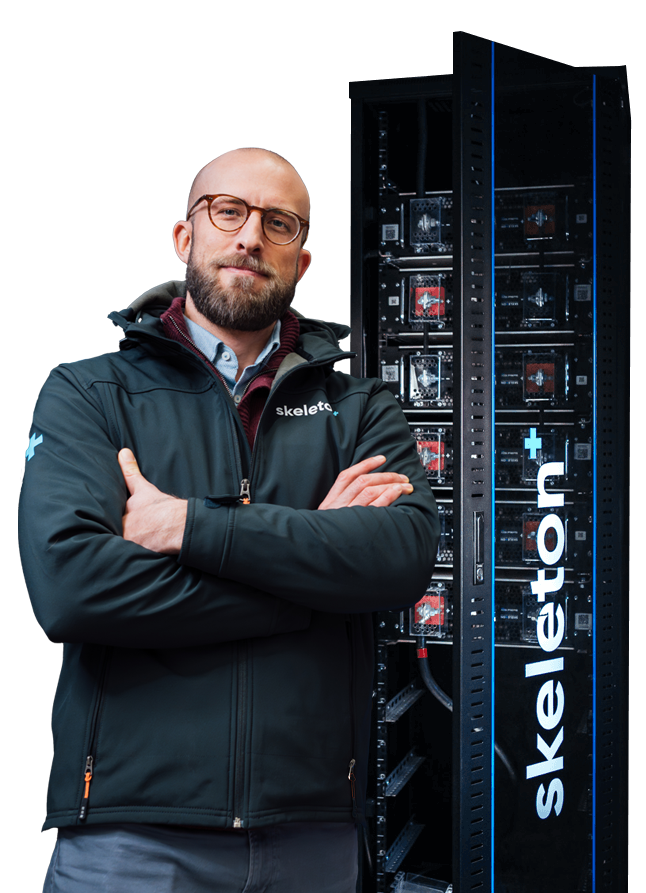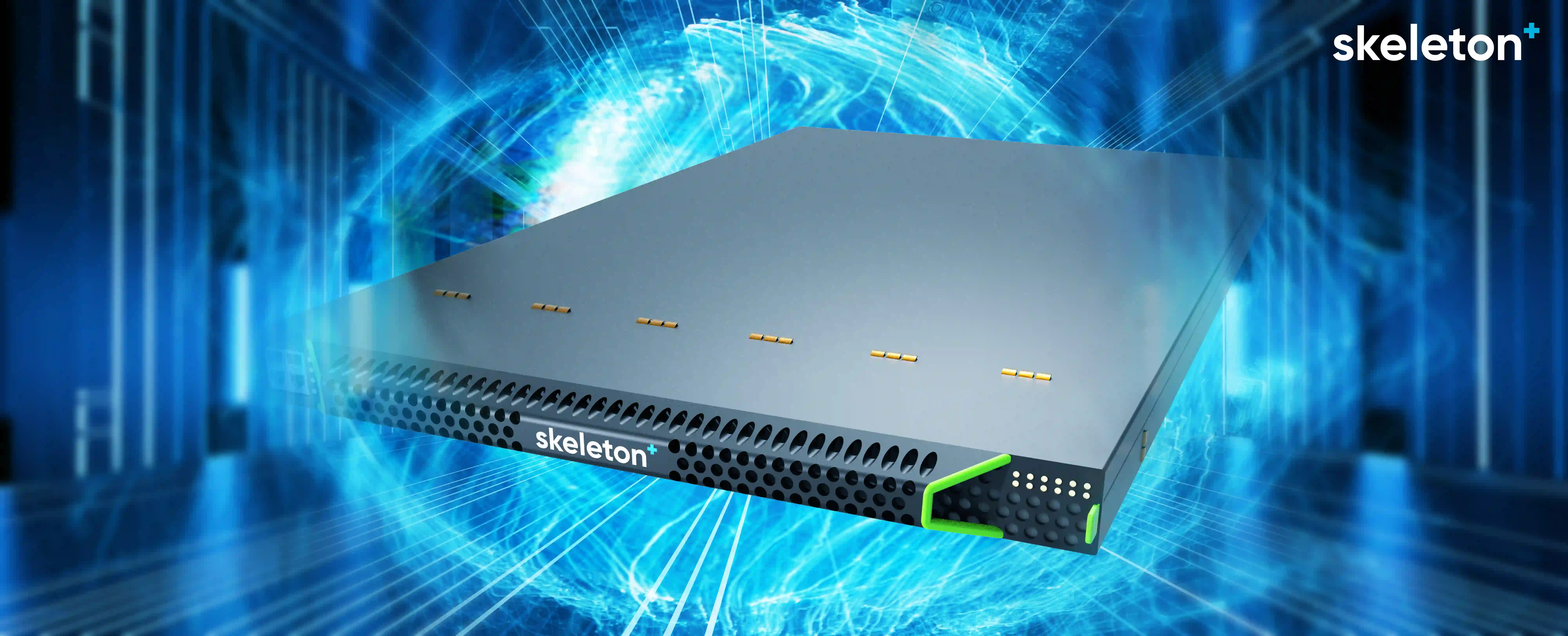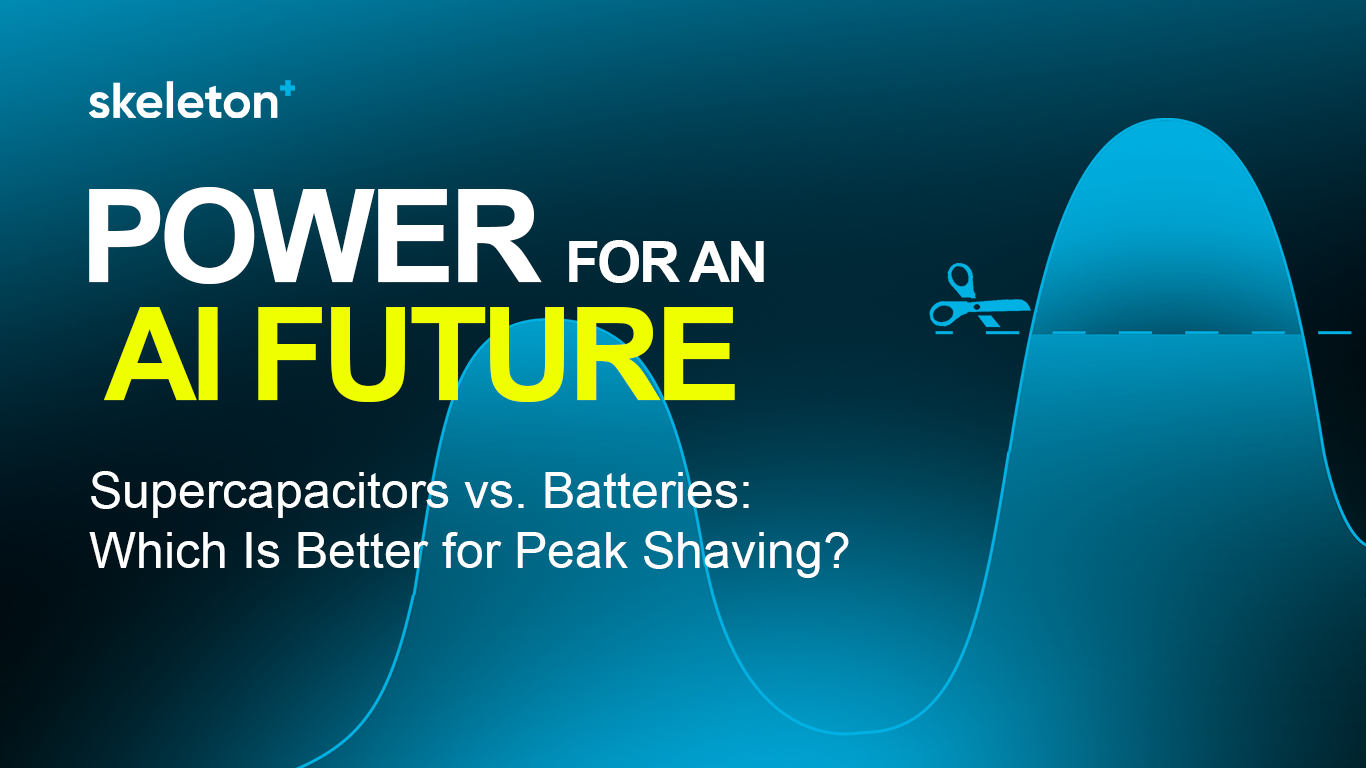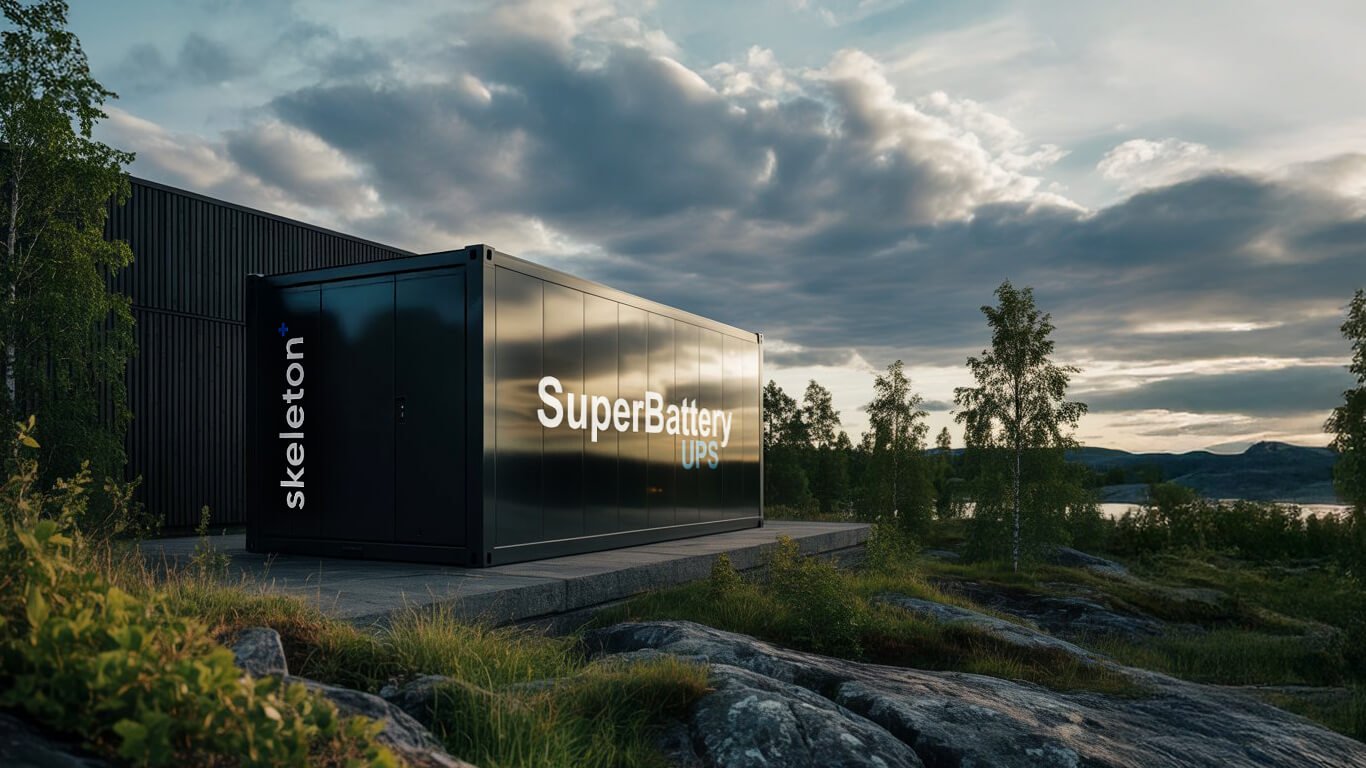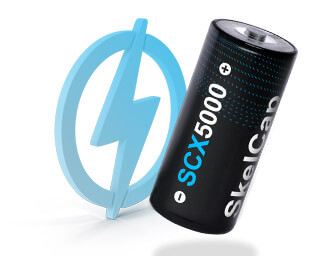
Harnessing Kinetic Energy for Efficiency in Industrial Robotics
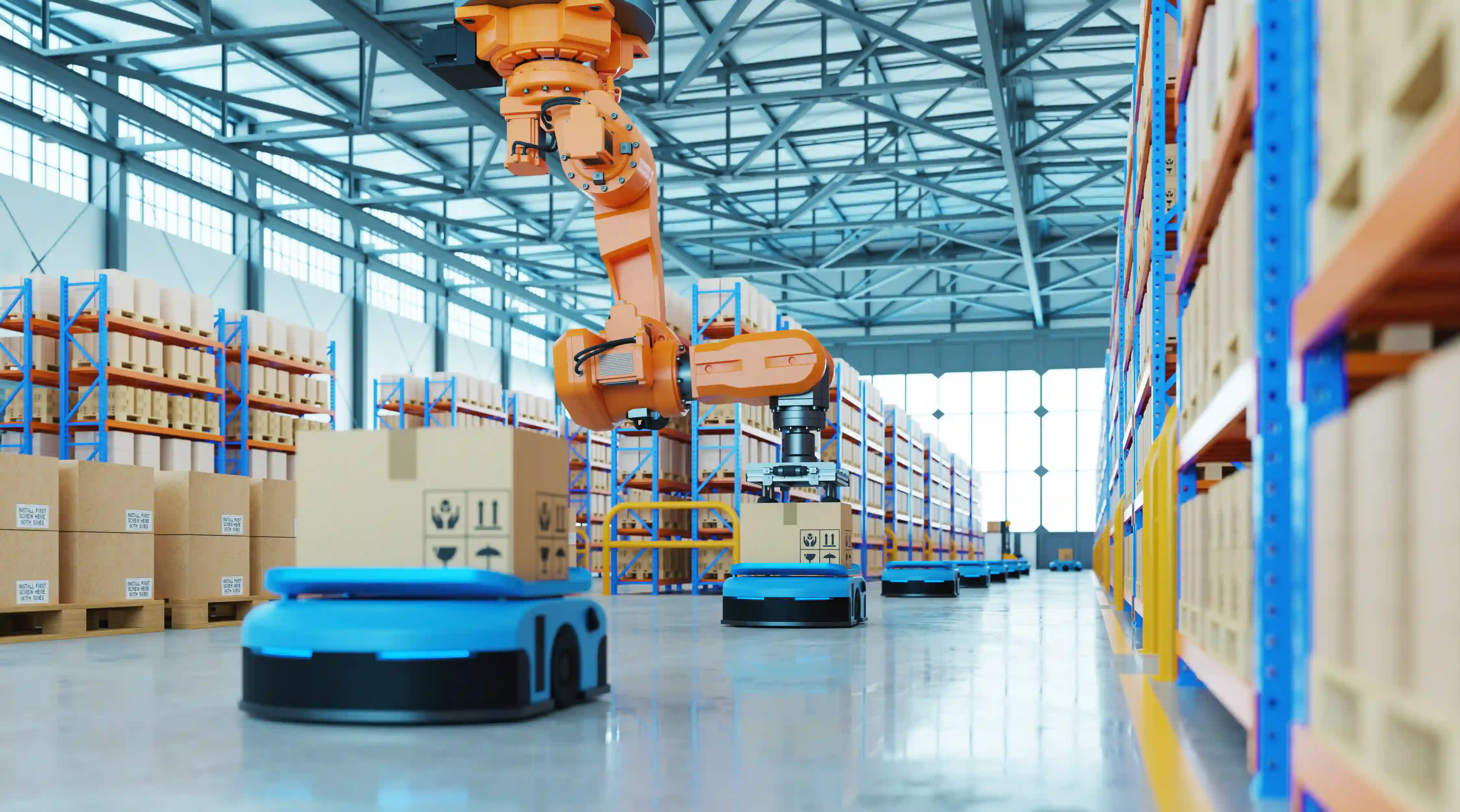
Industrial robotics, a cornerstone of modern manufacturing, faces continuous pressure to improve energy efficiency and reduce operational costs. Kinetic Energy Recovery Systems (KERS) can significantly reduce the energy consumption of machinery, especially in applications characterized by frequent start-stop cycles and load variations. When integrated into a KERS, supercapacitors can rapidly absorb energy during a robot's deceleration phase and release it during acceleration, thereby reducing the net energy consumption from external power sources.
Amidst a transformative decade shaped by global events like the pandemic and geopolitical shifts, the landscape of manufacturing and logistics is undergoing significant changes. Long-term global trends such as workforce shrinkage, escalating e-commerce demands, and the imperative for sustainability and resilience in supply chains drive the continuous need for more intelligent, efficient, and accessible automation.
International Federation of Robotics 2023 report on industrial robotics underscores imminent challenges in the labor market. Projections indicate significant workforce shortages, with Japan potentially facing a deficit of over 11 million workers by 2040 due to rapid population aging. Similarly, forecasts in the U.S. suggest a shortfall of more than 2.1 million manufacturing jobs by 2030. Recent reports from Germany reveal that over half of its companies struggle to fill vacancies due to a shortage of skilled workers. This scarcity, coupled with a growing aversion to labor-intensive manual roles, underscores the urgent necessity for intelligent robotics to bridge these labor gaps.
Robots are proficient in tackling tasks humans often find tedious, repetitive, hazardous, or unclean. Integrating AI further augments their capabilities, enabling them to learn from experience rather than relying solely on programmed instructions and adapt to dynamic environments or interact safely around humans. Robots can be trained with a simple software update, and knowledge gained by one can be shared immediately across a group of units operating in the same environment.
Energy Efficiency in Industrial Robots
According to the International Federation of Robotics, the voice of the global robotics industry, representing national robot associations, academia and manufacturers of industrial and service robots from over twenty countries, the nr 1 top trend shaping robotics and automation in 2023 was “Energy Efficiency”.
Every machine needs energy, as without it, it does not operate. However, machines vary in terms of how energy-intensive they are. The increase in the implementation of the number of robots used in the manufacturing process, which has occurred due to the addition of more electricity-consuming devices to production lines, leads to a higher demand for electric energy by the company, thereby increasing production costs.
Enhancing Industrial Robotics Energy Efficiency with Supercapacitors
The fluctuating demands of robotic operations can be characterized by sporadic peaks in power needs and chances for energy recovery. That poses a distinct challenge and opportunity for managing energy. High power peaks may necessitate the use of thick copper busbars or cables to deliver power and can also lead to voltage sags on the supply network if the demand surpasses the design capacity of the installation. Supercapacitors offer an efficient solution to address these challenges.
Supercapacitors, also known as ultracapacitors, distinguish themselves from batteries through their unique charge storage mechanism. Unlike batteries, which store energy electrochemically, supercapacitors store energy electrostatically on the surface of electrode materials, enabling rapid energy exchange without the chemical reactions that limit the speed and cycle life of batteries.
Key features
-
Power Density (W/kg): Supercapacitors excel in delivering or absorbing high power in short bursts, ideal for peak load management and energy recuperation in robotic systems.
-
Energy Density (Wh/kg): While lower than batteries, the energy density of supercapacitors is sufficient for short-term energy storage in kinetic energy capture and peak shaving applications (normally limited to few seconds duration, or less)
-
Cycle Life: Capable of millions of charge-discharge cycles with minimal degradation, supercapacitors significantly outperform batteries in applications requiring frequent cycling.

Harnessing Kinetic Energy
Industrial robots, particularly those involved in manufacturing, logistics, and warehousing, undergo numerous cycles of acceleration and deceleration in their daily operations. Each of these cycles presents an opportunity for energy recovery through KERS. Supercapacitors, with their ability to quickly charge and discharge, provide an ideal medium for capturing this otherwise lost kinetic energy and making it available for immediate reuse.
Sometimes, the process involves integrating supercapacitors with the robotic control system to dynamically manage power flows. However, in some cases it's feasible to add energy storage directly to the robot's existing DC buses, leaving the overall control setup. During deceleration, energy generated by the motors is stored into the supercapacitor cells instead of being dissipated as heat. This energy is then available to assist in subsequent acceleration or operational phases, reducing the demand on the primary power supply.
Economic, Operational and Environmental Advantages
Integrating supercapacitors and Kinetic Energy Recovery Systems (KERS) in industrial robots not only leads to direct energy savings by harnessing kinetic energy but offers benefits that span economic, environmental, and operational domains:
Economic Benefits:
- Lower Operating Expenses: Robots that utilize energy more efficiently incur reduced power consumption costs. This is particularly significant for industrial robots that are in operation for lengthy periods, where even minor improvements in efficiency can accumulate to notable savings.
- Prolonged Equipment Lifespan: Efficient energy use can lessen the thermal burden on robotic components, potentially extending their lifespan and diminishing maintenance costs. KERS and peak power assist contribute by minimizing wear through power smoothing, further prolonging equipment life and lowering costs related to repairs or replacements.
Operational Gains: - Improved Performance: Through KERS, robots can access additional power during peak demands without increased grid reliance, enhancing operational efficiency and potentially boosting production throughput.
- Increased Reliability: Having a local buffer of energy integrated into such robots can reduce the peak load on electrical systems. This enhances the overall reliability of the power supply and minimizes the risk of production halts by riding through power issues from the grid.
Environmental Advantages: - Diminished Carbon Emissions: Enhanced energy efficiency in industrial robots leads to lower carbon emissions, a critical factor in areas reliant on fossil fuels for electricity generation. KERS amplifies this advantage by capturing and reusing energy that would otherwise go dissipated.
- Regulatory Alignment: In the face of tightening global regulations on energy usage and emissions, energy-efficient technologies enable compliance, offering pathways to incentives and shielding from penalties.
In conclusion, making industrial robots more energy-efficient and integrating systems like KERS are critical for reducing operational costs, minimizing environmental impact, improving operational performance, and maintaining a competitive edge in the market. These initiatives reflect a forward-thinking approach to automation, where efficiency and sustainability become key drivers of innovation and economic success.
